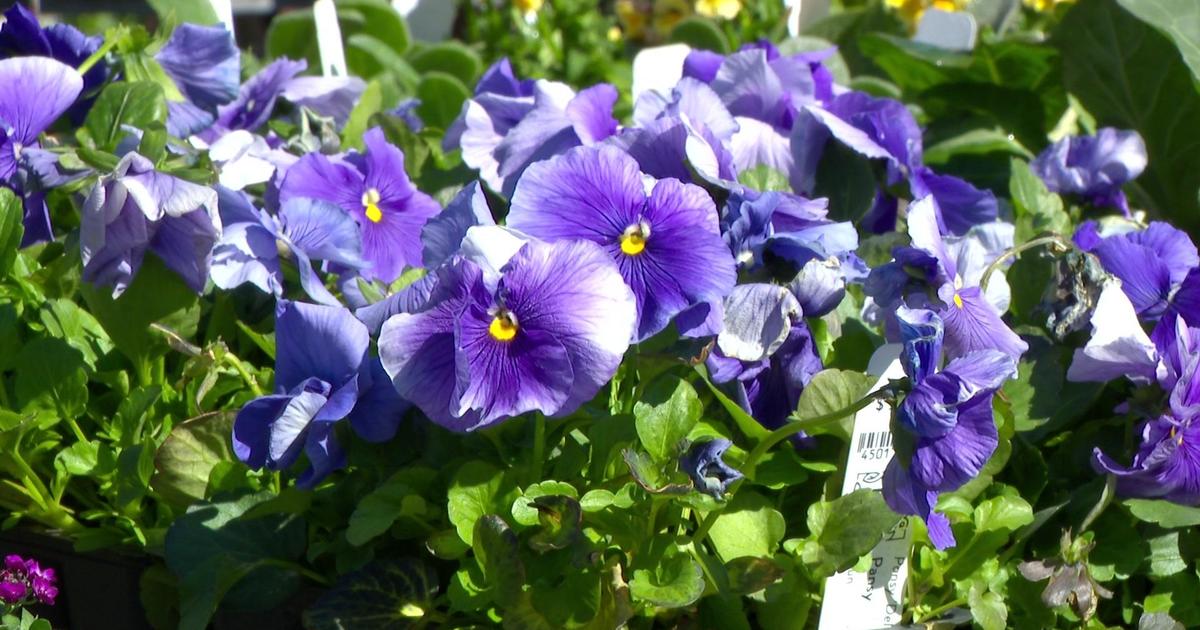MN On High Alert As Worrisome Weed Threatens Upper Midwest Crops
BISMARCK, N.D. (AP) — A weed strong enough to stop combines and resist many herbicides has been confirmed in South Dakota for the first time, raising concerns it could spread and cut deeply into crop production in the Upper Midwest — one of the few areas it hadn't yet invaded.
The threat from palmer amaranth is so great that officials in North Dakota have named it the weed of the year, even though it has yet to be found in the state.
"If you think you find plants — kill it!" North Dakota State University Extension Weed Specialist Rich Zollinger said. "Don't even think. Just kill it."
In South Dakota, palmer amaranth is now a reality. A few scattered plants were found this summer on the edge of a sunflower field in Buffalo County.
"We really don't know if it's going to become a significant problem for us or not, but we're going to keep a very close eye on it to make sure that we're on top of it if it does develop," said Paul Johnson, extension weed science coordinator for South Dakota State University.
The weed some officials refer to as "Satan" has moved into the Midwest from cotton country, and was discovered in western Iowa soybean fields last year. It's native to desert regions of the southwest U.S. and northern Mexico.
Palmer amaranth can be spread in a number of ways, including on farm machinery or in grass seed. The plants can grow as tall as 7 feet, each one producing as much as a million seeds. Its stems can grow as thick as baseball bats.
"The big concern is, in Southern states, it has developed — quickly — resistance to a considerable amount of herbicides," Johnson said.
SDSU plans to monitor the site where it was found in South Dakota to determine if any seeds survive the winter, which Johnson said it hadn't in the past in northern climes.
"It will all depend on if it can develop characteristics so it can overwinter in our climate," he said. "That's the part we really don't know.
"But the weed does have the ability to change. Maybe that will be the change it makes — adapting to a northern climate."
Another concern is that the weed was found near the Missouri River. Johnson said the climate there could be favorable because of the heat of the water near the dams, but added, "We won't know until next spring."
Meanwhile, North Dakota and Minnesota are on high alert.
"I think there is a high probability that it will move into these two states, and is just a matter of time," Zollinger said. "Movement of equipment and combines and water flow will make establishment here likely. That's why we're trying to keep growers educated on ID and quick removal."



